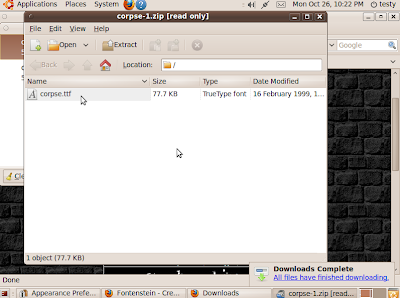
One thing that has annoyed me about Ubuntu is that Ubuntu doesn't automatically mount partitions that were pre-existing before the install. For example, I have a 500 gig hard drive that contains backups and Linux distro ISO files, and I don't format that partition when installing distros on this machine. After reinstalling, the partition still exists, but I have to manually mount the partition in order to use it. Granted, this is an improvement from the olden days of having to rebuild your /etc/fstab by hand after each install, but changing the default behavior of a hard drive partition would still require manually editing the /etc/fstab file.
For those of you that want to automatically mount multiple hard drives in Linux, but aren't big fans of manually editing your /etc/fstab file, there's a program out there called
PySDM, or PyGTK Storage Device Manager. It creates an intuitive GUI to allow you to configure your hard drive partitions, and also includes an assistant to help you choose mounting options that are convenient, such as automatically mounting the partition on startup or only mounting the system in read-only mode.
This program is a splendid alternative to manually editing the /etc/fstab file. In Ubuntu 9.10, it can be installed by installing the "pysdm" package, or by searching the Ubuntu Software Center for "pysdm". Once installed, it is available under the System --> Administration --> Storage Device Manager.




















